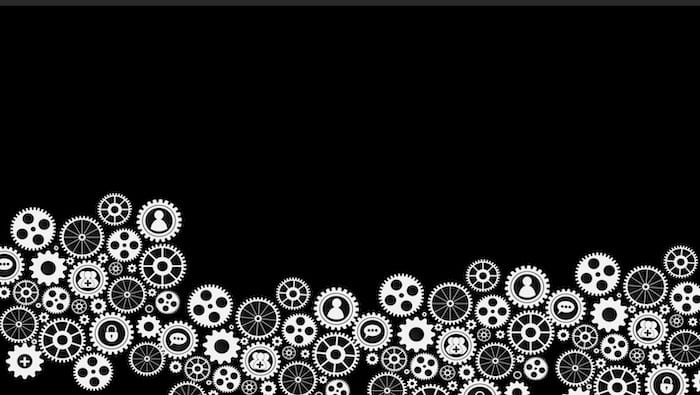Collective Competence
OVERVIEW
- Competence is generally considered a characteristic of an individual, meaning that an individual has the necessary knowledge, skills and/ or attitudes to perform a task at the required standard
- Collective competence is a complementary concept to individual competence that is relevant in healthcare as patient care is dependent on teams and networks of individuals working together within a complex system
“Collective competence is about more than the people on the team and how they function as members of that team. It’s about what happens when individual experts are able to function with a sense of awareness of one another as well as an awareness of the various structures and resources in the system that either support them to work together or inhibit them from working together.” — Lorelei Lingard
COMPONENTS OF COLLECTIVE COMPETENCE
Boreham (2004) identified 3 key elements of collective competence:
- A collective sense of events occurring in the workplace
- Developing and using a collective knowledge base
- Developing a sense of interdependency
Collective competence differs from individual competence (Lingard, 2006) in that it is:
- A distributed capacity, rather than an individual possession
- Evolving, rather than a stable quality to be attained
- Based on specific situations, rather than being context-free and independent of space and time
Collective competence is not reducible to individual competence (e.g. the Collaborator role in the CanMED framework) (Lingard, 2016)
RELEVANCE OF COLLECTIVE COMPETENCE
According to Lingard (2016):
- Individual competence is necessary but not sufficient for effective healthcare
- Teams are core elements of safe, quality care and are an important vehicle for novice socialisation
- Healthcare failures are not usually reducible to an individual’s competence, more commonly they are a failure of the collective
- Individual and Collective Competence are not in binary opposition, nor is one the solution for the other
The concept of collective competence can explain paradoxes about team performance (Lingard, 2016) such as:
- A “team of champions” does not necessarily make a “champion team” – the USA 2004 Olympic basketball team are a commonly cited example!
- A team can be competent even when one of the team members is individually incompetent
- A team can be competent one day, but not the next
- An incompetent person may drag one team down, but be carried by another team
RELATION TO EDUCATIONAL THEORY
According to Lingard (2016), the basis for collective competence comes from:
- Distributed cognition
- Collaborative work as ‘joint cognitive accomplishment not attributable to any individual’. (Hutchins 1991)
- Situated learning theory
- Competence emerges through social interaction, shared experience, development of tacit knowledge, and innovation in response to situated needs. (Lave 1991; Eraut 2000; Mittendorf 2006)
- Socio-material and system theories
- Individuals are shaped by social, technological and physical structures – the ‘activity system.’ (Engestrom 1987; 1995; 2002)
- Complex systems are inherently unstable; a change anywhere produces a nonlinear ripple effect. Competence is highly context -dependent. (Sveiby 1997; Zimmerman 2004)
CONTROVERSIES AND FUTURE DIRECTIONS
- How can collective competence be assessed/ measured?
- How can we educate and train for collective competence?
- How is the collective defined? (e.g. teams within teams, across organisations, is the patient a team member?)
References and Links
Journal articles
- Boreham N. A Theory of Collective Competence: Challenging The Neo-Liberal Individualisation of Performance at Work. British Journal of Educational Studies. 52(1):5-17. 2004. [article]
- Lingard L. Paradoxical Truths and Persistent Myths: Reframing the Team Competence Conversation. The Journal of continuing education in the health professions. 36 Suppl 1:S19-21. 2016. [pubmed]
- Reilly BM. The Best Medical Care in the World. N Engl J Med. 2018;378(18):1741-1743. [article] (a narrative illustration of a health care system’s collective incompetence)
FOAM and web resources
- NHG Homer — Collective Competence – Thinking Differently about Competence to Improve Healthcare by Lorelei Lingard (2014) (video, 52 min)
- TEDxBayfield — Collective Competence: Thinking differently about competence to improve healthcare by Lorelei Lingard (2012) (video, 20 min)
- The ICRE blog — Collective competence: More than a collection of competent individuals (2014) [slides for plenary talk by Loralei Lingard (pdf)]

SMILE
squared
Chris is an Intensivist and ECMO specialist at The Alfred ICU, where he is Deputy Director (Education). He is a Clinical Adjunct Associate Professor at Monash University, the Lead for the Clinician Educator Incubator programme, and a CICM First Part Examiner.
He is an internationally recognised Clinician Educator with a passion for helping clinicians learn and for improving the clinical performance of individuals and collectives. He was one of the founders of the FOAM movement (Free Open-Access Medical education) has been recognised for his contributions to education with awards from ANZICS, ANZAHPE, and ACEM.
His one great achievement is being the father of three amazing children.
On Bluesky, he is @precordialthump.bsky.social and on the site that Elon has screwed up, he is @precordialthump.
| INTENSIVE | RAGE | Resuscitology | SMACC
